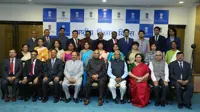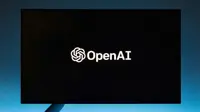Reverse innovation: a fresh approach to growth
28 Sep 2011
 Reverse innovation – also known as 'tricke-up innovation' refers to any innovative product that is first introduced in developing markets with an intention to later launch the product in developed markets.
Reverse innovation – also known as 'tricke-up innovation' refers to any innovative product that is first introduced in developing markets with an intention to later launch the product in developed markets.
The term reverse innovation was coined by two Dartmouth University professors, Vijay Govindarajan and Chris Trimble. The concept is particularly important in relation to fast-developing economies like India.
With increasing disposable incomes and a surging middle class, India is now a potent target market for many global companies to venture into, capitalise on, or establish a stronger hold. Though the middle class in India today can afford to spend an extra rupee for added necessities and interests, they still find the products developed in western economies out of reach or overpriced for their budget.
Products developed in the western or developed economies for their average-income families would far fewer consumers in countries like India despite having the world's largest middle class population, simply because Indian consumers' price-to-features requirements do not match with products developed for western middle-class markets.
Simply de-featuring the product and introducing the less loaded model in emerging markets does not work.
Such markets demand products made keeping in mind their specific requirements and necessities in terms of product performance and price. Hence it would not be a viable strategy for multinationals to sell a de-featured version of the product.

.webp)





























